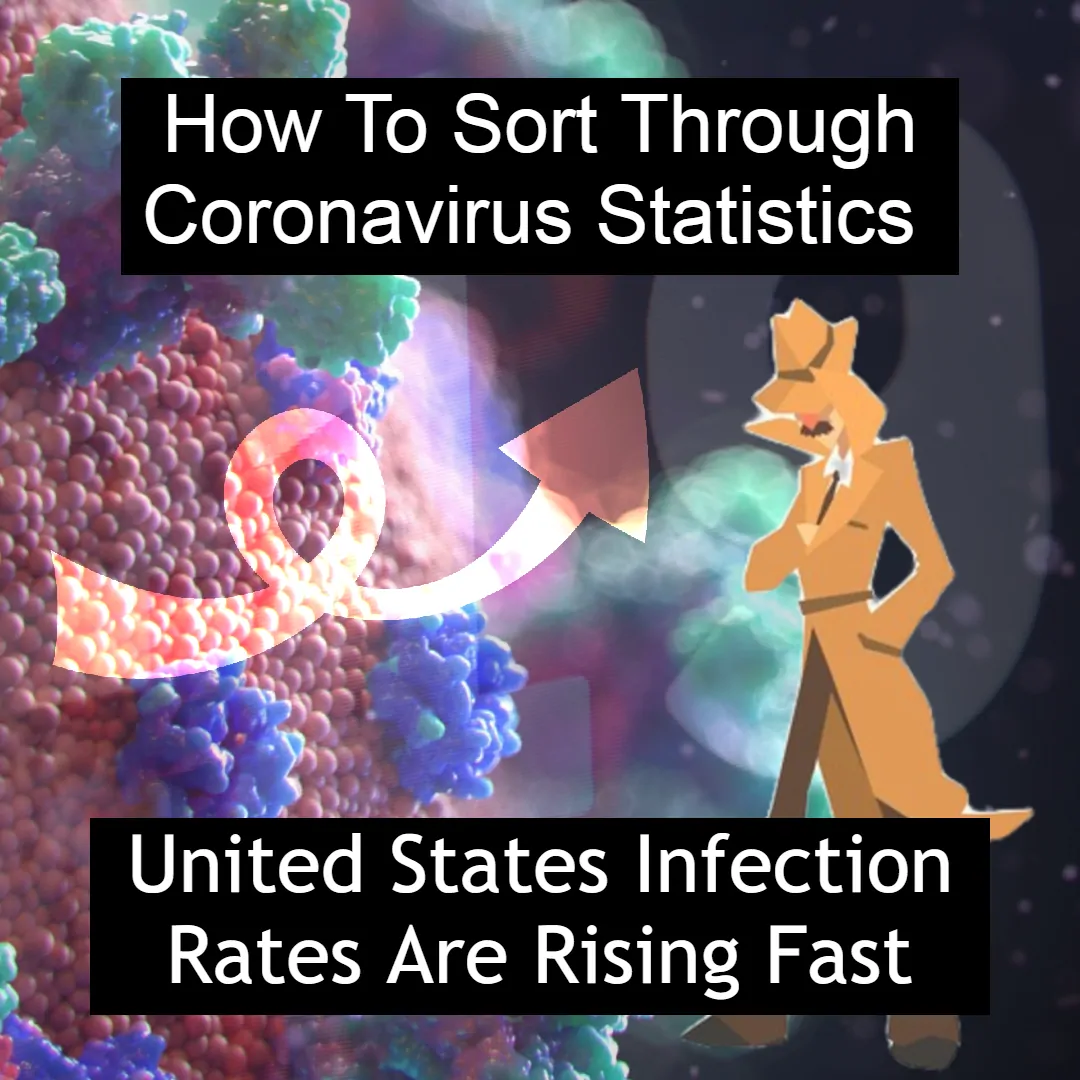Global statistics are being collected and reported painstakingly by several organizations, most based in the U.S.A..
The deaths worldwide have began to slow in some of the first infected countries, but in the United States we are seeing a surge in the spread of coronavirus and the death tolls are mounting.
Staying well informed as data pours in requires a broad scope of resources. People should not blindly trust or rely on a singular source or news outlet for statistics and updates.
We cannot trust all of the coronavirus statistics out there.
The international response is being led by the World Health Organization and several international NGO’s (Non-governmental Organizations) are mobilizing worldwide to confront the coronavirus pandemic.
According to Bloomberg, US intelligence officials have asserted the Chinese government is and has been lying about the actual statistics regarding the coronavirus impact in China. The WHO is also said to be heavily influenced by the Chinese government.
Even further, there are rumors that the Chinese government has acted maliciously by hoarding medical supplies in life-threatening demand worldwide.
The United States along with hundreds of other countries have largely based their response to the coronavirus outbreak on the Chinese government’s press releases.
The United States are seeing coronavirus death rates rise in all 50 States.
Anyone interested in following the real time data can look over the current statistics on several different websites. Some, like the CDC (Center for Disease Control and Prevention), receive daily updates from the 50 States health departments. Other sources, like worldometer.info, are using as many possible sources available, starting with each of the 50 States official websites.
Here is a list of sources you can monitor to receive updates on coronavirus statistics.
- Worldometer.info
- Statista.com
- Who.int (World Health Organization)
- CDC.gov (Centers for Disease Control and Prevention)
- USAfacts.org
- Covidtracking.com (Covid Tracking Project)
- Arcgis.com CSSE App (John Hopkins University Center For Systems Science and Engineering)
Where else can I get updates on the coronavirus?
First and foremost, everyone should be in contact regularly with their local governments. Staying safe during this SARS-2 pandemic is extremely important. You can receive the most accurate local updates from your local hospitals and emergency services. Some localities have constant updates and others have slim resources to do any statistic reporting.
Next, State or regional governments should be looked to for additional information that may impact your locality. Many cities are being forced to share resources, which may directly impact you. Many patients are being transferred for care due to overcapacity issues which can change the reality of geographic statistics and infection rates at the drop of a dime.
The federal government has many resources they are extending to the general public (stimulus packages), the 50 States and federal agencies like the CDC, FEMA and the FDA. The White House is giving the public daily press briefings from their newly formed “Coronavirus Taskforce”.
Additionally, Doctors Without Borders is responding globally to the pandemic and they are updating their website regularly with different facts and figures.
New information tends to break first on social media.
Social media platforms receive updates before any news outlet, due to the fact that billions of free thinking people are updating their timelines and profiles non-stop. Due to thousands of stay-at-home and shelter-in-place orders worldwide, social media sites are seeing a surge in usage by the general public. This should allow everyone to access a plethora of real time information about the coronavirus from nearly anywhere at anytime.
Finding the right information you are looking for may take some ingenuity and cleverness. For example, if you hear about a recent outbreak in a specific area on Twitter, you could immediately jump on Snapchat or Facebook Live Maps and look for a live video feed in that area.
Or another scenario could be if you hear about a new treatment, you could search for some published articles on Google Scholar related to the topic and then follow up with the authors on their LinkedIn profiles.
Here is a quick list of social media streams to follow the coronavirus outbreak.
Check back soon. NextUpNews.com is just getting started.



Average Rating